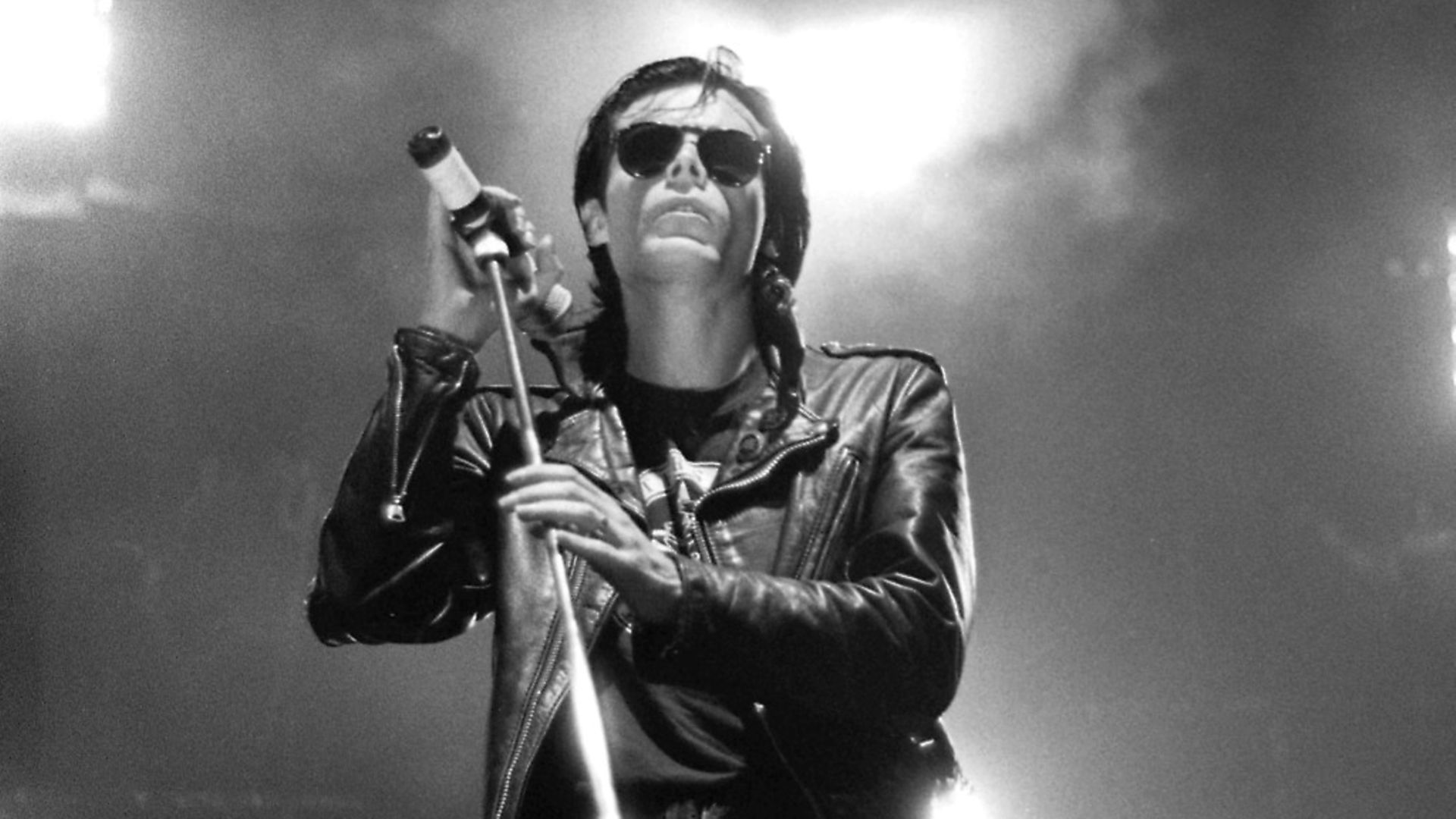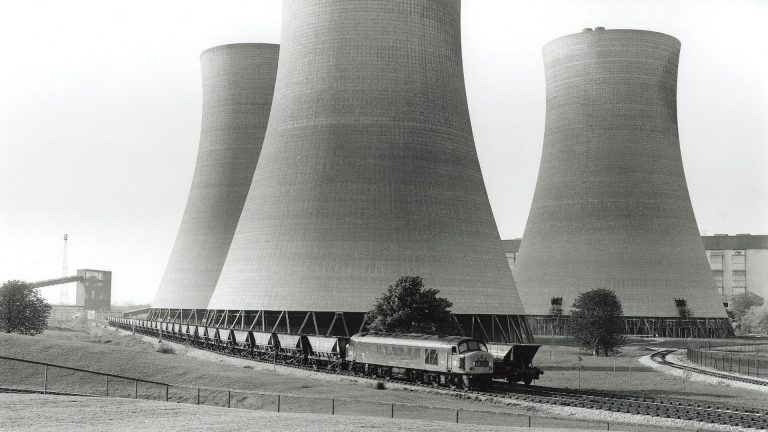
SOHPIA DEBOICK on how the Yorkshire city, unbound by fashion, political orthodoxy or gender division, spawned a look and sound that lasted.
Leeds loomed largest in rock mythology when the Who’s landmark Live at Leeds (1970) was recorded at the unlikely venue of the university’s parquet-floored refectory. The record was seen as marking a return to honest-to-goodness rock cred after the rock opera experimentation of Tommy, and has featured prominently on many a ‘best live album’ list since. That same year, Leeds made an impression on charts around the world when homegrown band Christie saw their country rock song, Yellow River, shoot to No.1 in several countries. But Leeds was soon to spawn sounds all of its own creation, emerging from scenes shaped by the city’s unique make-up.
While many British subcultural explosions were fuelled by the rising unemployment and urban decay of the 1970s and 1980s – conditions which gave rise to youthful creativity as a means of escape – Leeds had particular problems.
The crumbling city had fallen very far from its Victorian golden age by the late 1970s, and the National Front had a large and oppressive presence on the streets. In 1975, Peter Sutcliffe’s six-year reign of terror over the city began. 1984-85 brought the miner’s strike and a febrile atmosphere of violence, want and conflict between the government and its citizens.
But this was a city with a strong sense of political purpose. As well as becoming a stronghold of the Rock Against Racism movement, it was the place where Reclaim the Night was founded in 1977 in response to a police curfew placed on women due to the Sutcliffe murders, and its higher education institutions were centres of leftist political radicalism.
The art department at the University of Leeds would be the birthplace of Leeds’ post-punk explosion, lecturers like T.J. Clark and Griselda Pollock supplying its Marxist and feminist political consciousness, while student pubs the Faversham and the Fenton became places where creative plans were hatched. But punk’s DIY ethos was the catalyst.
When art students Andy Gill and Jon King got a funded trip to New York in 1976 to study in the city’s galleries, they instead ended up learning the lessons of punk at CBGB, and the Sex Pistols’ performance at Leeds Polytechnic in December that year also proved galvanising. The two formed the politically-charged outfit Gang of Four, and a Leeds post-punk scene would develop that was characterised by a humour and complete disregard for what was considered cool in the capital that had been absent from punk.
1978 was a crucial year, as Gang of Four, along with two other bands whose key members had also witnessed that pivotal Sex Pistols’ gig – the Mekons and Scritti Politti – released their debut singles. Gang of Four’s Damaged Goods showcased a funky, angular sound that would go on to become highly influential. The Mekons’ slacker post-punk art noise was revealed on the glorious Never Been in a Riot, a send-up of The Clash’s White Riot, inspired by a raid on Woodhouse Street’s 24-hour café, Terry’s All-Time, during which the band had hidden in the loos (hence the coda to the title, “I was always in the toilet”).
Cardiff-born Green Gartside was already a young communist when he went to Leeds to study art at the Polytechnic, and he had moved to a Camden squat by the time he formed Scritti Politti and released the dub-influenced, detuned debut EP, Skank Bloc Bologna, but the atmosphere of political intent and unfettered creativity in Leeds had been formative.
The Leeds post-punk scene was also notable for its female-fronted bands. The Mekons’ bassist Ros Allen left early on to form Delta 5 with Julz Sale and Bethan Peters, and their debut single Mind Your Own Business (1979) was a satisfying slice of feminist defiance of male invasion of women’s physical and mental space, driven by the band’s dual basses (“Can I have a taste of your ice cream?/ Can I lick the crumbs from your table?/ Can I interfere in your crisis?/ No, mind your own business”).
Girls at Our Best!, dominated by the clipped vocals of Judy Evans, also emerged from the art school crowd around this time, with debut single Getting Nowhere Fast (1980) demonstrating a tongue-in-cheek pop sensibility and complimented in a Smash Hits write-up as “neat, light and bright”.
But the Leeds music scene soon took a darker turn. While many bands that came out of the city in the early 1980s vehemently rejected the label of ‘goth’, declaring it to be an invention of a London-based music press influenced by the capital’s more homogenous, Batcave club-focussed scene, they shared many sonic and sartorial characteristics all the same.
The post-punk F Club was ground zero for Leeds goth, the club night starting life at Leeds Polytechnic in 1977, but by the following year resident in the basement of Brannigan’s nightclub on Call Lane. Bands like Joy Division and Wire played the club, while resident DJ Claire Shearsby pushed the limits with her playlist.
One Andrew Taylor (later Eldritch), who had gone to Leeds from his native Ely to study Chinese in 1978 was an F Club face. When he met Craig Adams and Mark Pearman at the club, a soon-to-be legendary goth outfit was born.
Before even playing a gig, Eldritch and Pearman recorded an extremely rough single, The Damage Done (1980), under the name Sisters of Mercy at RicRac Studios in Wortley, an industrial area south of the city centre. Adams joined the line-up shortly afterwards, his driving bass joining a Boss Dr Rhythm drum machine and Eldritch’s hollow, Iggy Pop-monotone vocals as a cornerstone of the band’s sound.
Sisters of Mercy’s maiden gig at the University of York was quickly followed by their Leeds debut on the Thursday night of March 19, 1981, supporting Altered Images at the F Club. That July they would graduate to the less sweaty, more New Romantic-orientated Warehouse, 15 minutes’ walk north west from the F Club. Their seminal single Alice, released in November 1982, would truly announce the band.
But Sisters of Mercy was part of a matrix of Leeds bands that featured a drum machine, gritty guitars, baroque lyrics and a dramatically sombre visual look. Red Lorry Yellow Lorry, the March Violets (fronted by Craig Adams’ university housemate, Simon Denbigh) and the Three Johns (the project of former Mekon, Jon Langford), all formed in the city in 1981, while Southern Death Cult, The Danse Society and Skeletal Family emerged from surrounding Bradford, Barnsley and Keighley at a similar time.
Soft Cell’s electro cabaret act was divorced from goth, but Southsea’s Marc Almond had been an art student at the Polytechnic as the scene was in gestation and was a DJ at the Warehouse when Tainted Love went to No.1 in September 1981. By 1983, goth too was going mainstream. The Cure had a Top 20 and Top 10 single that year, while Siouxsie and the Banshees’ Dear Prudence got to No.3. Suddenly goth was all over Top of the Pops.
But Leeds’ goth bands turned out to be poised for chart success too. In 1985 Sisters of Mercy split acrimoniously, spawning The Mission, featuring Craig Adams and the Bristolian guitarist only fairly recently acquired by the Sisters, Wayne Hussey, as well as drummer Mick Brown of Red Lorry Yellow Lorry. Their debut LP Gods Own Medicine (1986) was goth pomp in full flight, and it proved its commercial potential as its opener and lead single, the epic Wasteland, made No. 11 in early 1987.
Eldritch, meanwhile, teamed up with LA vamp Patricia Morrison to make Sisters of Mercy a saleable duo, Morrison’s image featuring as prominently in videos and on record sleeves as her bass did on the records, and providing a foil to Eldritch’s inscrutable sunglasses and angular cheekbones. Their grandiose Floodland (1987), with typically bombastic production from Jim ‘Bat Out of Hell’ Steinman, spawned three Top 20 singles in This Corrosion, Dominion and Lucretia My Reflection in 1987-88. Goth had gone from an obscure Leeds subculture to slick force to be reckoned with.
In the late 1980s and into the 1990s, Leeds became a house and techno mecca. More recently the Kaiser Chiefs, with their massive domestic chart success and signature song I Predict a Riot (2004) that was an ode to rough nights out on the town in Leeds, have burnished the city’s mainstream indie rock credentials. After years of operating out of a squat in Armley, west Leeds, anarcho-punks Chumbawamba emerged with international hit Tubthumping (1997) and offered a reminder of Leeds’ history of political radicalism. But for a while in the late 1970s and early 1980s, before goth became a millstone around the neck of its musical reputation, the city boasted one of the most freely creative music scenes – unbound by fashion, political orthodoxy or gender division – in Britain, perhaps in Europe.









